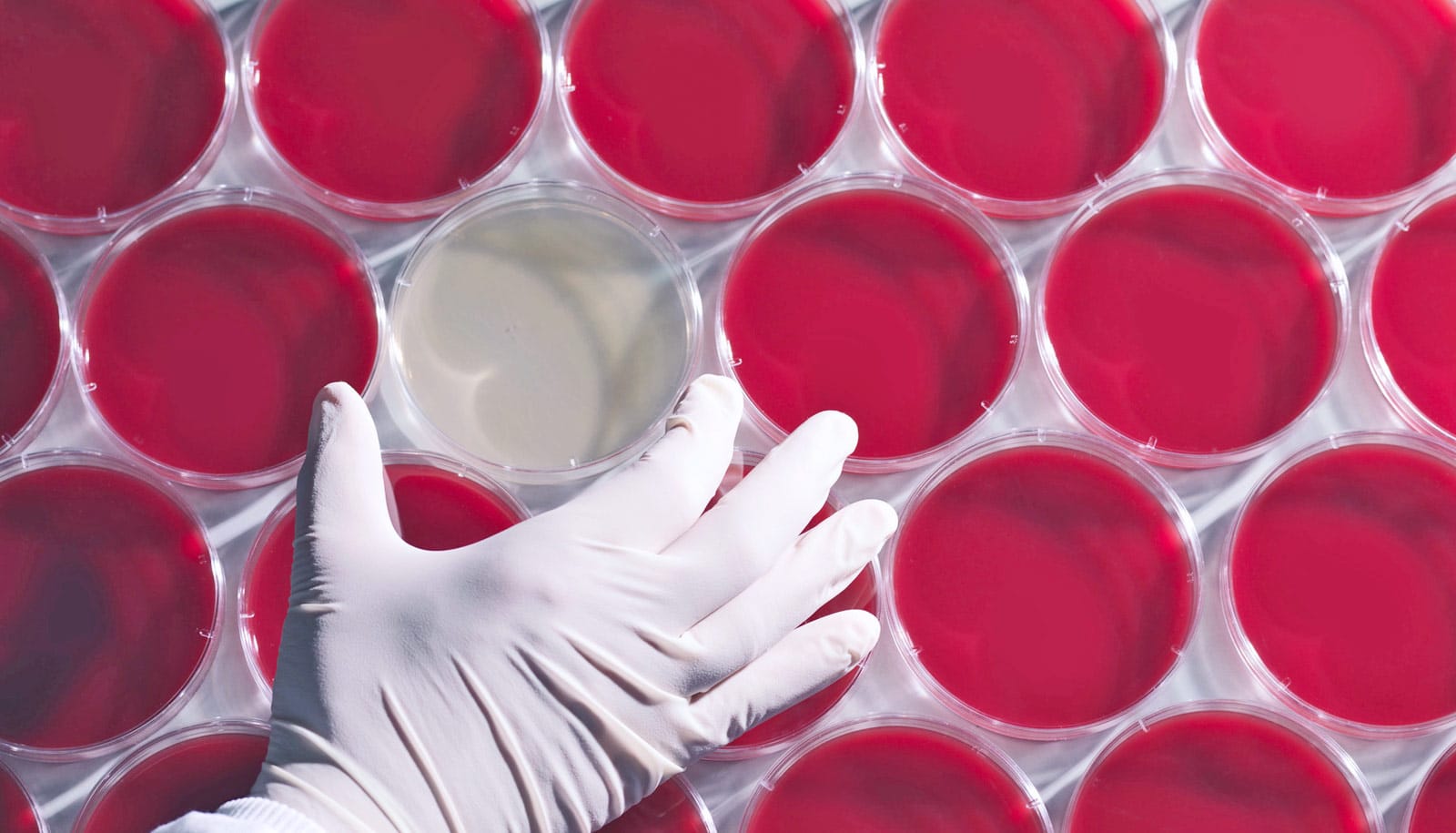Researchers have developed an approach to regenerate heart muscle using stem cells.
Their method for priming stem cells to become heart tissues could potentially enable heart regeneration stem cell therapies.
The self-regeneration of human heart muscle following injury is extremely limited. Scientists have been studying techniques to prompt different kinds of stem cells to differentiate into heart cell precursors, which could then help rebuild heart muscle fibers. However, their approaches have not yet met regulations set forth by the US Food and Drug Administration and the European Medicines Agency for regenerative therapies.
“Regulatory authorities specifically require these stem-cell-derived precursors be prepared from human-only cells and in cultures that use clearly defined chemicals and no animal components. The method must be reproducible, and the cells must have clear characteristics while not leading to adverse side effects when injected,” explains Lynn Yap, a senior research fellow at the Duke-NUS Cardiovascular and Metabolic Disorders Program and first author of a study in Cell Reports outlining the method.
In their work, researchers investigated using a heart muscle associated protein called laminin to promote the differentiation of human embryonic stem cells into heart cell precursors. Laminins attach to the outer parts of cell membranes and are thought to play a role in the differentiation of precursor cells into other types of cells. Several types of laminins exist.
Karl Tryggvason, professor in diabetes research at the CVMD Program, and his team produced laminin-221 in the laboratory by stimulating the human genes that code for this protein. The team then used Laminin-221 to coat a culture of pluripotent human embryonic stem cells. They also used laminin-521 to support the growth of the stem cells, and organic compounds called CHIR99021 to boost stem cell differentiation.
Their method led to stem cells differentiating into cardiovascular precursor cells. These included three main sub-populations: cardiac muscle-like cells, fibroblast-like cells, and epithelial-like cells; but did not include cells with a propensity to develop into tumors.
The team reproduced their method with very similar results using two stem cell lines two different laboratories generated decades apart by using different techniques.
Using an animal model, the researchers injected 9- and 11-day-old cardiovascular precursor cells into damaged heart tissue and found these precursor cells differentiated into cardiac muscle fiber bundles that survived in the heart for at least 12 weeks; heart functions also improved.
“These results suggest a role for the use of laminins in cardiac muscle cell differentiation, and may lead the development of clinical-quality cardiovascular progenitor cells for regenerative cardiology in humans,” says Tryggvason.
Future research will need to investigate the cell subpopulations that form with this technique to explore whether they can intensify new heart muscle growth in living animals.
Tryggvason is a co-founder and shareholder of Biolamina AB, the Swedish biotechnology company that holds the intellectual property for and produces the laminin-221 used in the study.
Source: Duke-NUS Medical School



